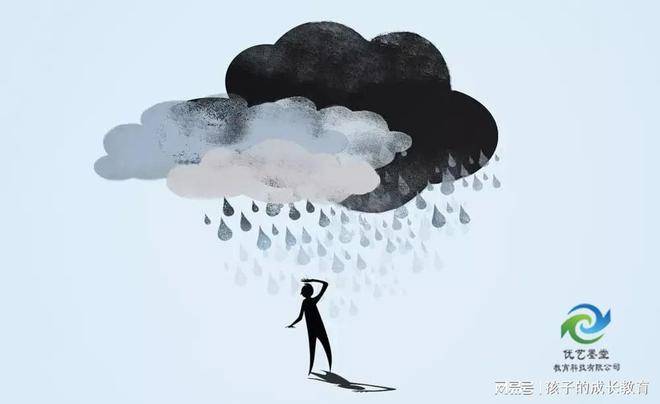Adolescent Depression: Beyond the Misconceptions of “Weak Resilience” and “Not Strong Enough”
When discussing the complex and sensitive topic of adolescent depression, we often fall into a simplified misconception, attributing it to individual “weak resilience” or “not being strong enough.” However, not only does this notion fail to address the core issue, but it may also exacerbate self-blame among patients and societal misunderstanding, hindering their access to necessary understanding and support. This article aims to delve deeper into the multiple causes, manifestations, and coping strategies of adolescent depression in order to break down these biases and promote a more comprehensive and inclusive understanding.
I. Adolescent Depression: A Complex Social Psychological Phenomenon
Adolescence, as a crucial stage in human development, is accompanied by rapid changes in various aspects such as physical, psychological, and social dynamics. Individuals during this period are undergoing exploration of self-identity, a rich and complex emotional world, as well as fears and aspirations for an uncertain future. In this context, adolescent depression is not simply caused by “weak resilience” or “not being strong enough,” but rather by a combination of multiple factors.
1. Biological Factors: Adolescence is a critical period for brain development, and biological factors such as neurotransmitter imbalances (e.g., serotonin, dopamine) and genetic predispositions can increase the risk of depression.
2. Psychological Factors: Factors such as identity confusion, low self-esteem, perfectionistic tendencies, excessive self-criticism, and inadequate coping strategies in the face of academic and social pressures can all contribute to the emergence of depressive emotions.
3. Social Environmental Factors: Tense family relationships, poor parent-child communication, bullying in schools, social isolation, and other social environmental factors also have a significant impact on adolescent depression.
II. Beyond Misconceptions: Reexamining Adolescent Depression
Attributing adolescent depression simply to “weak resilience” or “not being strong enough” is actually a one-sided, and even harmful interpretation. It overlooks the complex causes behind depression, unfairly shifts the blame onto the patients, and exacerbates their psychological burden and self-doubt.
· Resilience is not fixed: Everyone’s resilience is dynamic and influenced by various factors such as age, experiences, and environment. Adolescence, as a special period in life, may render individuals more vulnerable to stress, which does not imply their lack of strength.
· Strength does not equate to lack of emotional distress: Strength is a quality, but it does not mean being free from emotional disturbances or being able to automatically ward off all negative emotions. On the contrary, facing emotions courageously and seeking help to address emotional issues is also a display of strength.
III. Coping Strategies: Building a Supportive Environment
In response to adolescent depression, we need to adopt comprehensive coping strategies and create a more inclusive, understanding, and supportive environment.
1. Enhance mental health education: Schools, families, and society should place greater emphasis on adolescent mental health education, disseminate knowledge about depression and other psychological issues, and enhance recognition and coping abilities.
2. Establish effective communication mechanisms: Parents and teachers should actively establish good communication channels with children, listen to their thoughts and feelings, and promptly identify and address potential psychological issues.
3. Provide professional help: For adolescents already experiencing depressive symptoms, professional psychological counseling or intervention services should be sought promptly to prevent problems from worsening.
4. Foster a positive social atmosphere: Reduce societal prejudices and discrimination against adolescent mental health issues, encourage more people to pay attention to and support the mental health of adolescents.
IV. Conclusion
Adolescent depression is a complex and sensitive topic that requires us to understand and address it with a more comprehensive, in-depth, and inclusive attitude. Breaking the misconceptions of “weak resilience” and “not strong enough,” building a supportive environment, and providing necessary help and support to adolescents are our common responsibility and mission. Only in this way can we help more adolescents emerge from the shadows of depression and embrace a brighter future.


